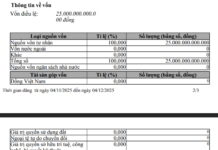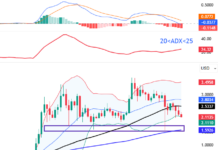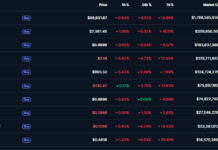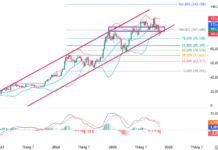Global gold prices plummeted during Tuesday’s trading session (October 8), pressured by the resilient US dollar and rising US Treasury bond yields, as markets no longer anticipate a 50-basis point rate cut from the Federal Reserve in their upcoming meeting. Investors also remained cautious ahead of the Fed’s release of September meeting minutes and the latest inflation data from the US Department of Labor.
At the close of trading, spot gold on the New York market fell by $20.90/oz from the previous session’s close, equivalent to a 0.79% drop, to $2,622.20/oz, according to data from the Kitco exchange.
At around 8 am Vietnam time, spot gold in the Asian market was down $0.20/oz from the US close, trading at $2,622.00/oz. Converted at Vietcombank’s selling exchange rate, this is equivalent to nearly VND 79.1 million/troy ounce, a decrease of VND 700,000/troy ounce from yesterday morning.
Earlier this morning, Vietcombank quoted the dollar at VND 24,635 (buying) and VND 25,025 (selling), down VND 25 at both ends compared to yesterday morning.
Tuesday’s decline was the fifth consecutive session of losses for gold, and the sharpest percentage drop since late August. The precious metal has stalled and consolidated since hitting an all-time high of $2,685.42/oz on September 26.
“Gold prices have declined in recent days due to shifting rate expectations,” said David Meger, director of metal trading at High Ridge Futures, in a statement to Reuters.
According to data from the FedWatch Tool on the CME exchange, markets are now betting on an 87.5% likelihood of a Fed rate cut in the upcoming meeting, with this entire percentage dedicated to a 0.25-point reduction. The remaining 12.5% is the possibility that the Fed will keep interest rates unchanged at 4.75-5%.
Just last week, the likelihood of a 50-basis point cut in November hovered between 30-40%.
The shifting rate expectations have pushed up US Treasury yields and the dollar index, exerting further downward pressure on gold.
On Monday, the yield on the 10-year US Treasury note surpassed 4% for the first time in two months. On Tuesday, the yield on this note eased slightly but remained above 4%, ending the session at around 4.02%.
The Dollar Index, which measures the strength of the US dollar against a basket of six other major currencies, closed Tuesday at 102.55, up 0.01 points from the previous session’s close. Over the past five sessions, the index has climbed more than 0.8%, according to data from MarketWatch.
For the rest of the week, investors will focus on US inflation data, including the consumer price index (CPI) expected to be released on Thursday and the producer price index (PPI) on Friday. Before that, the Fed will publish the minutes of its September meeting on Wednesday.
The inflation reports will play a role in determining the magnitude of the Fed’s rate cut in November, which, in turn, will influence the trajectory of gold prices.
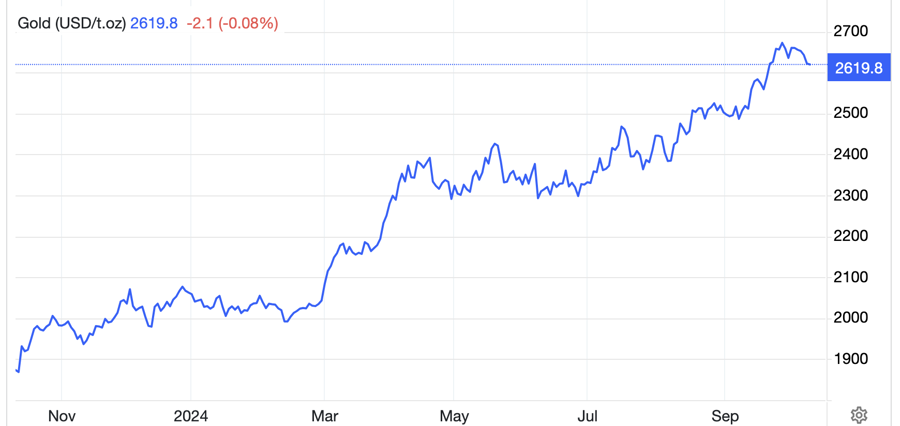
“The inflation data to be released by the US on Thursday could show that price pressures continue to ease, but it is unlikely to raise new hopes of a significant rate cut by the Fed. Therefore, gold prices can only rely on geopolitical risks to climb higher,” a Commerzbank report stated.
Christopher Watling, a strategist at Longview Economics, argued that rising US Treasury yields and the sudden strength of the dollar had “put the brakes” on gold’s rally. “In addition to changing rate expectations and the dollar’s exchange rate, gold is also vulnerable from the perspective of investor positioning, sentiment, and technical patterns,” Watling added.




















